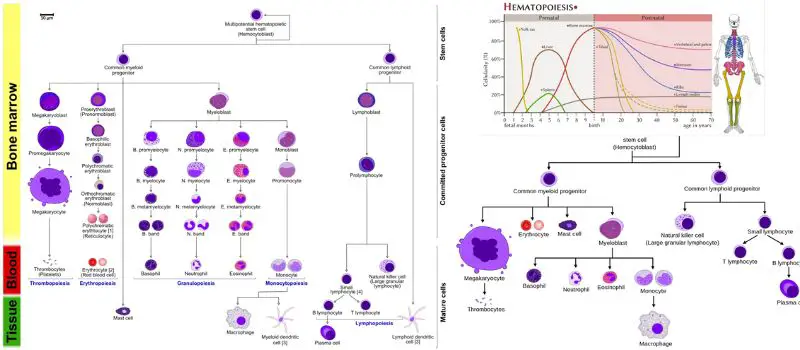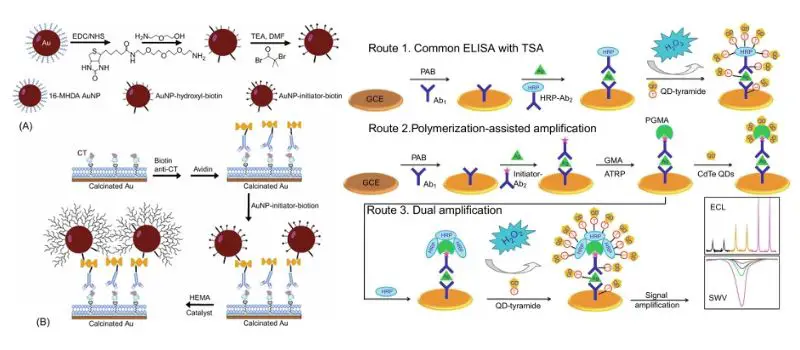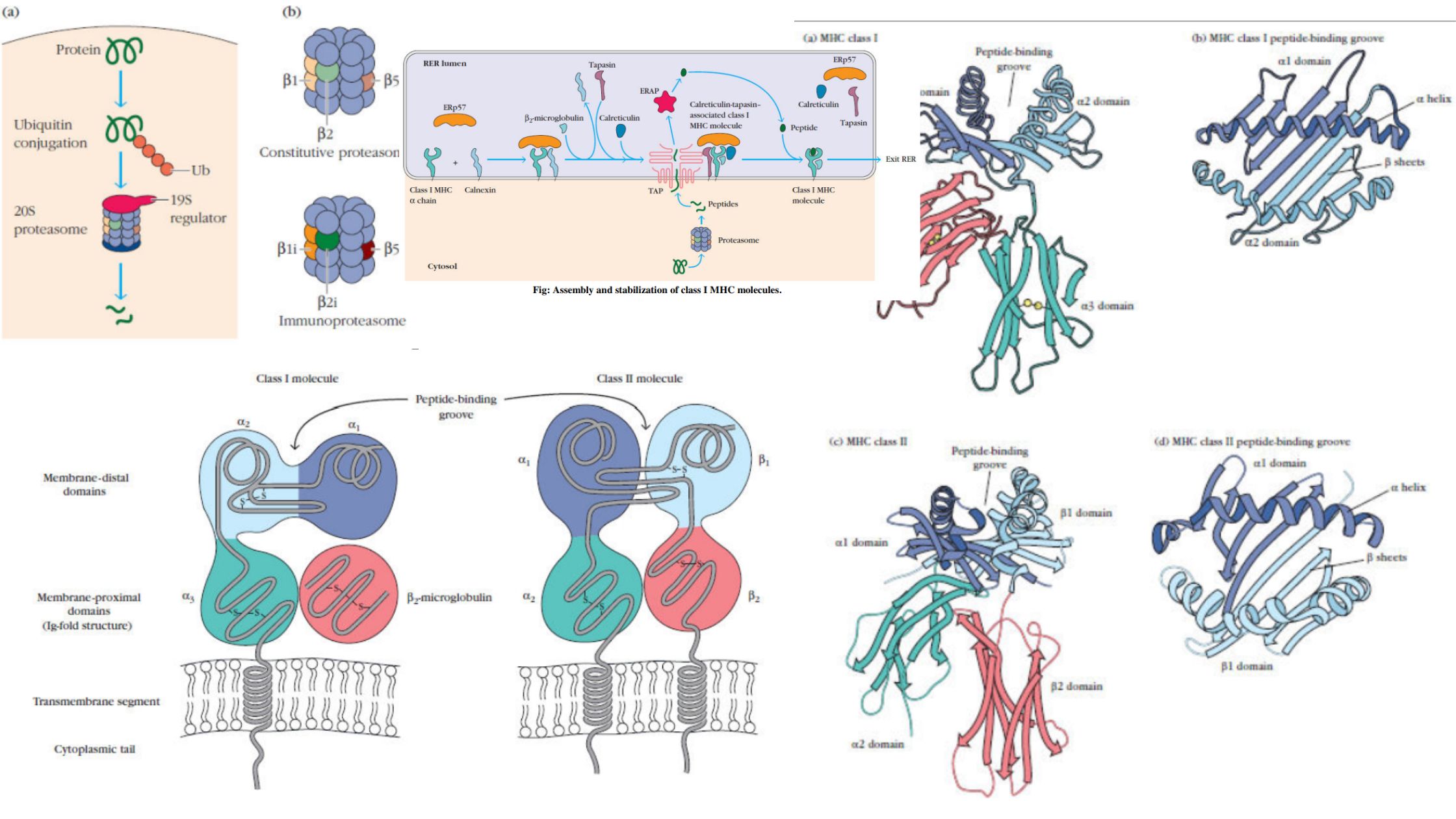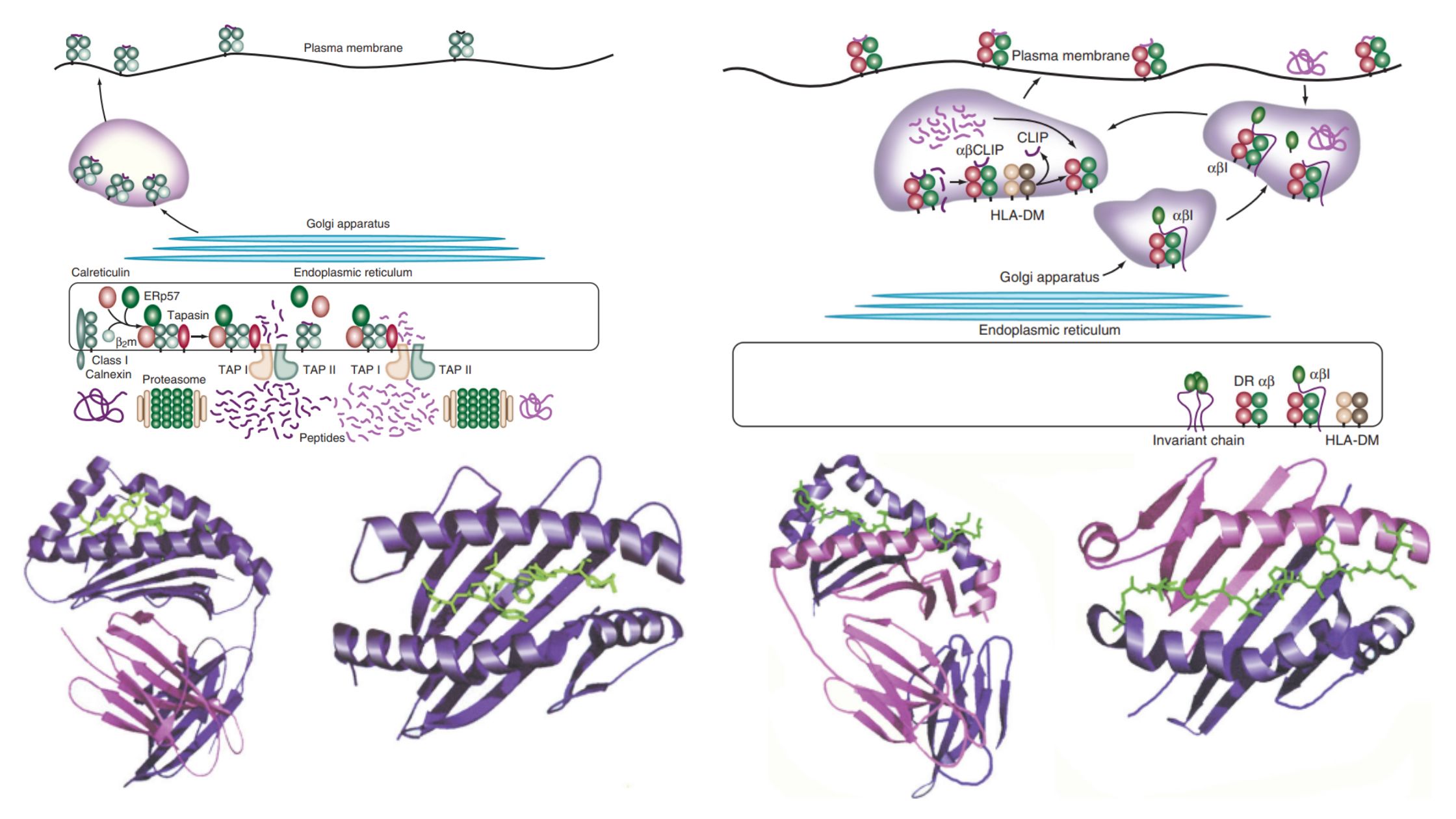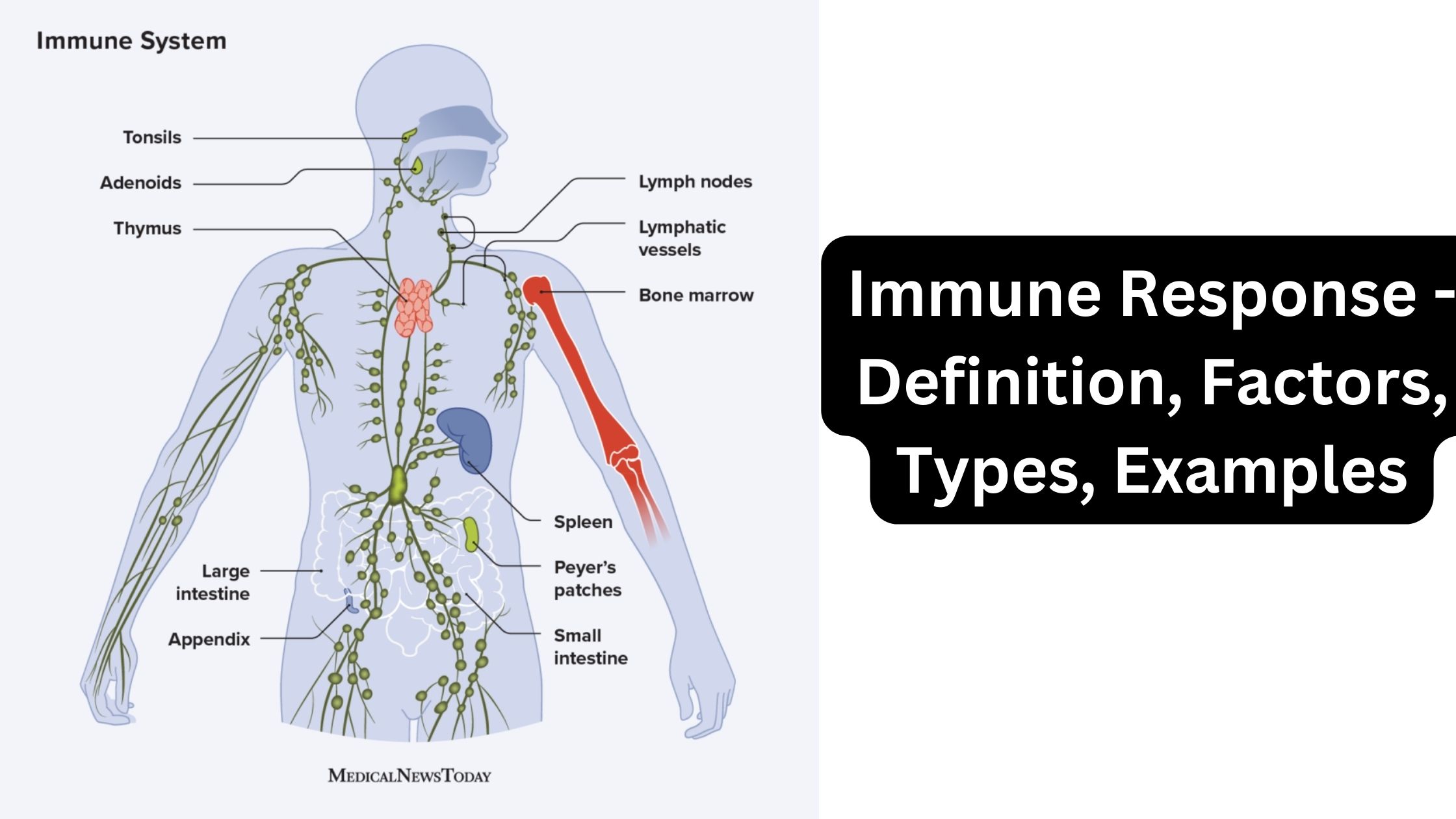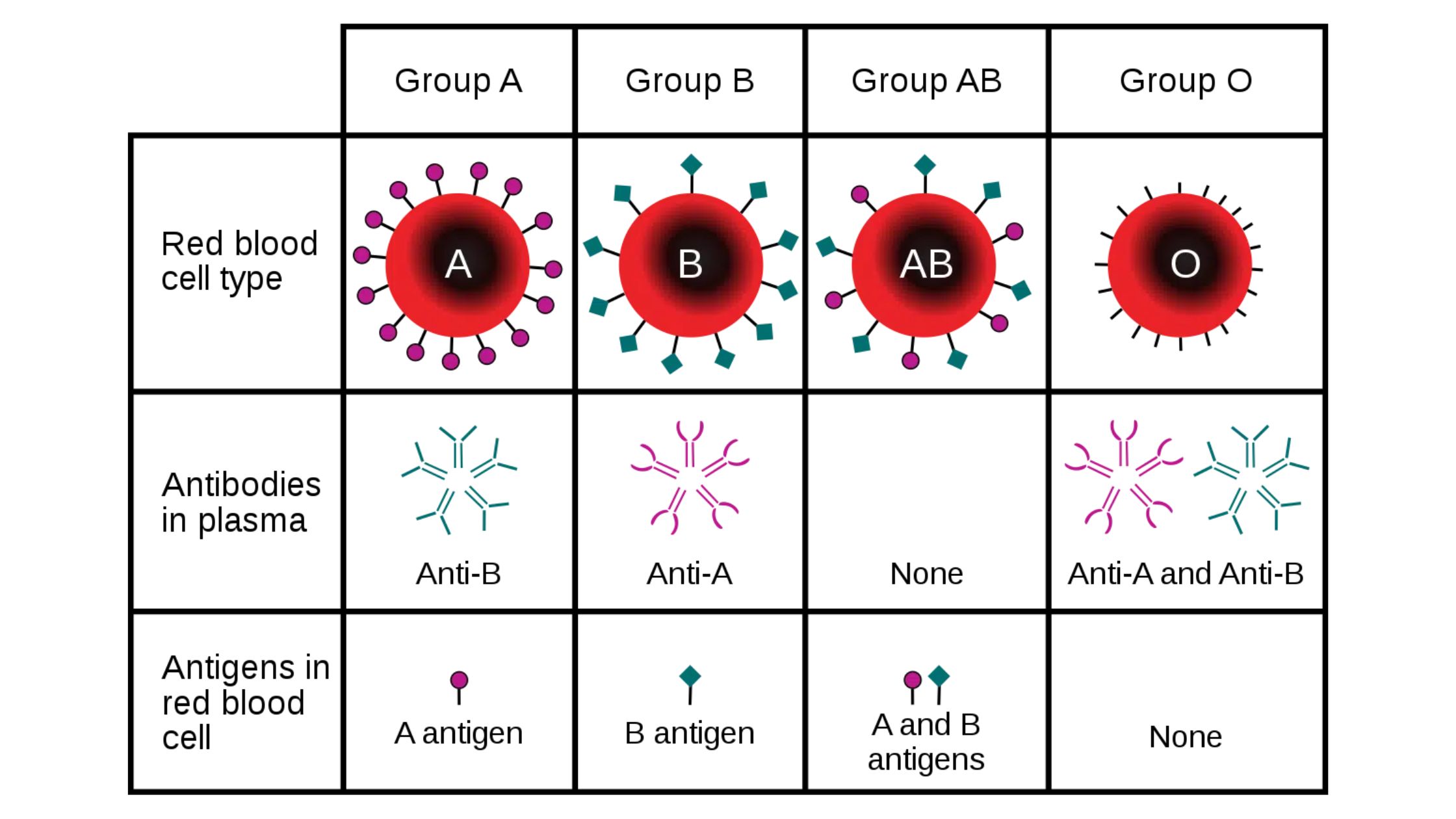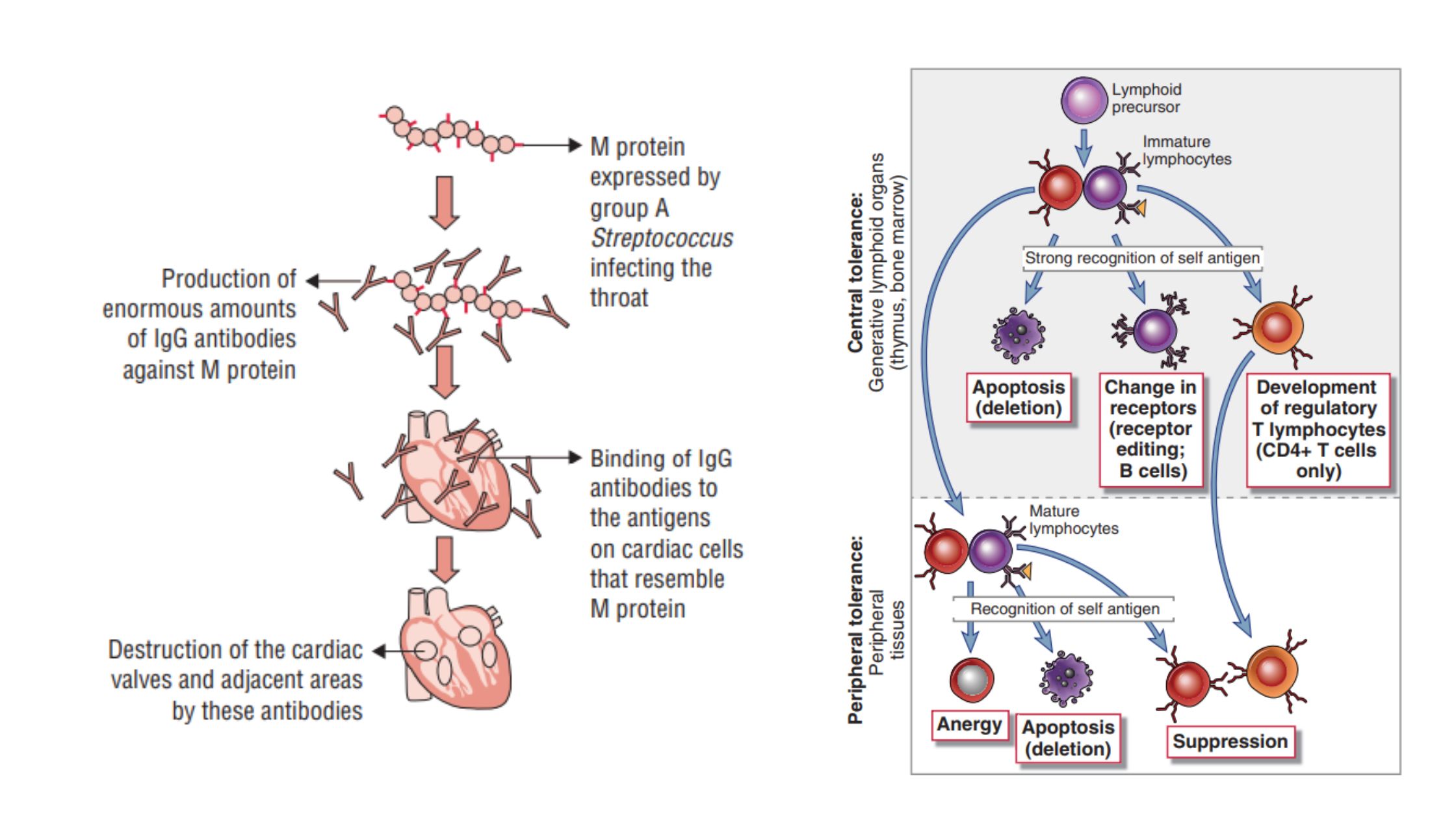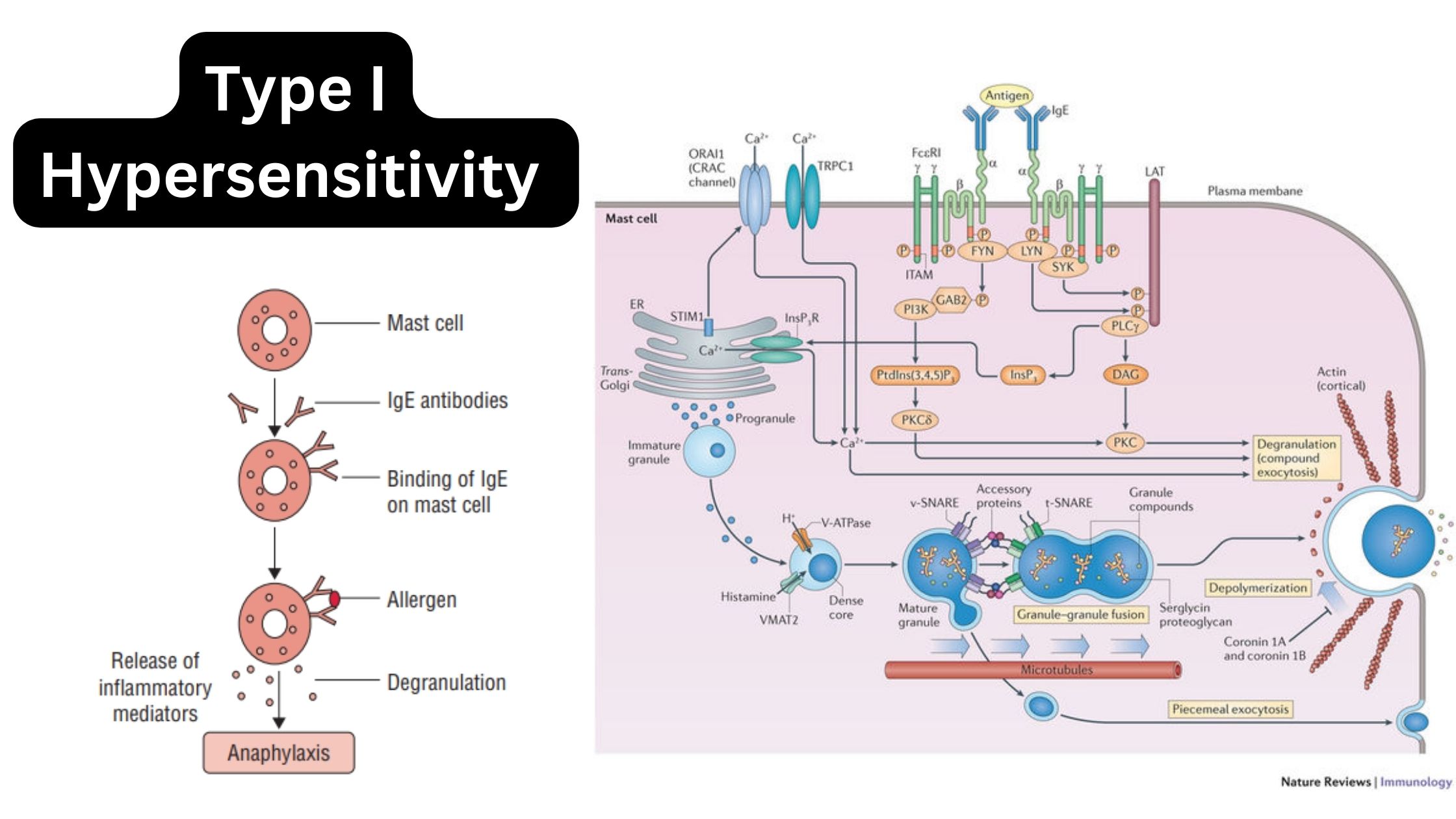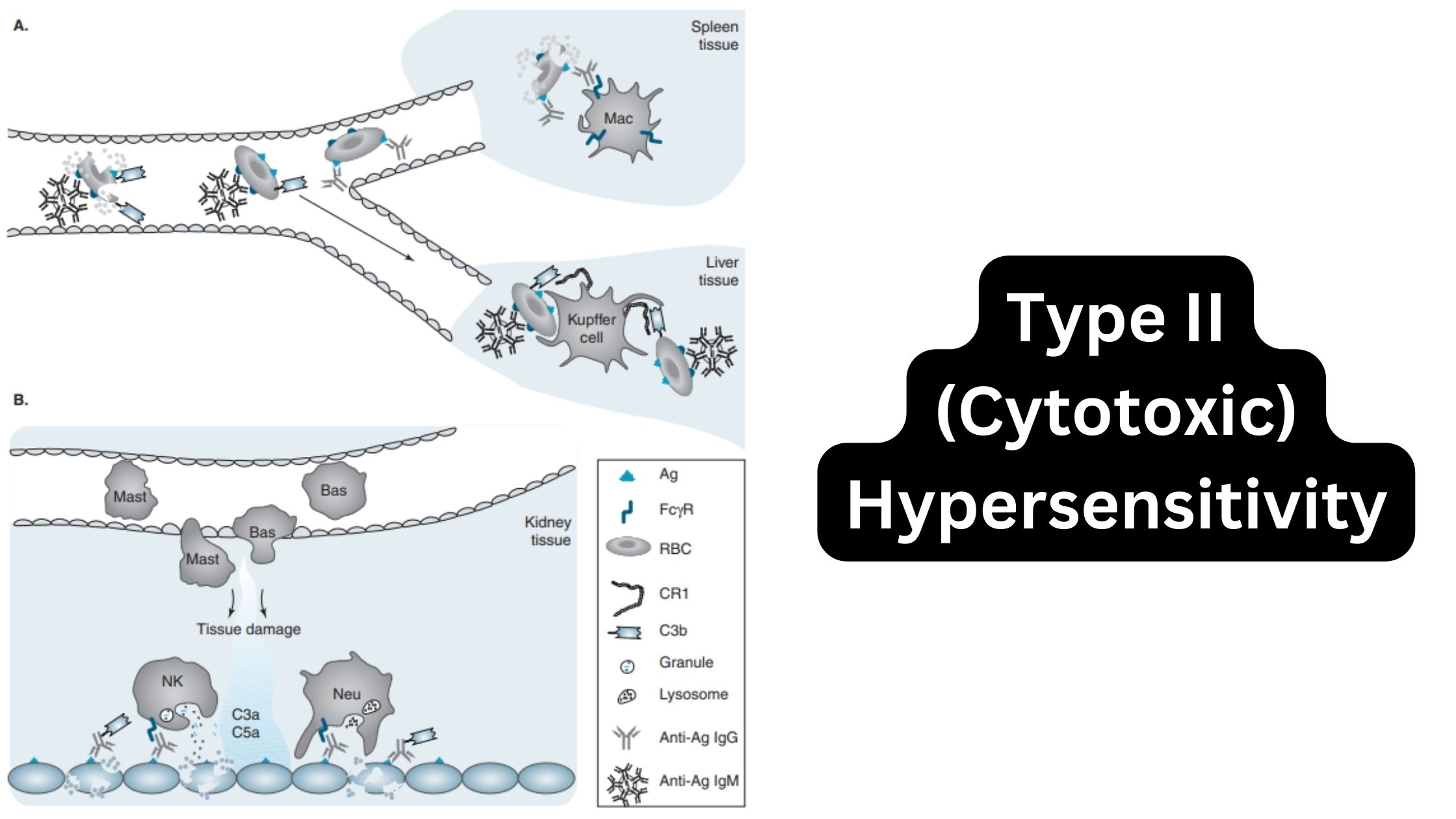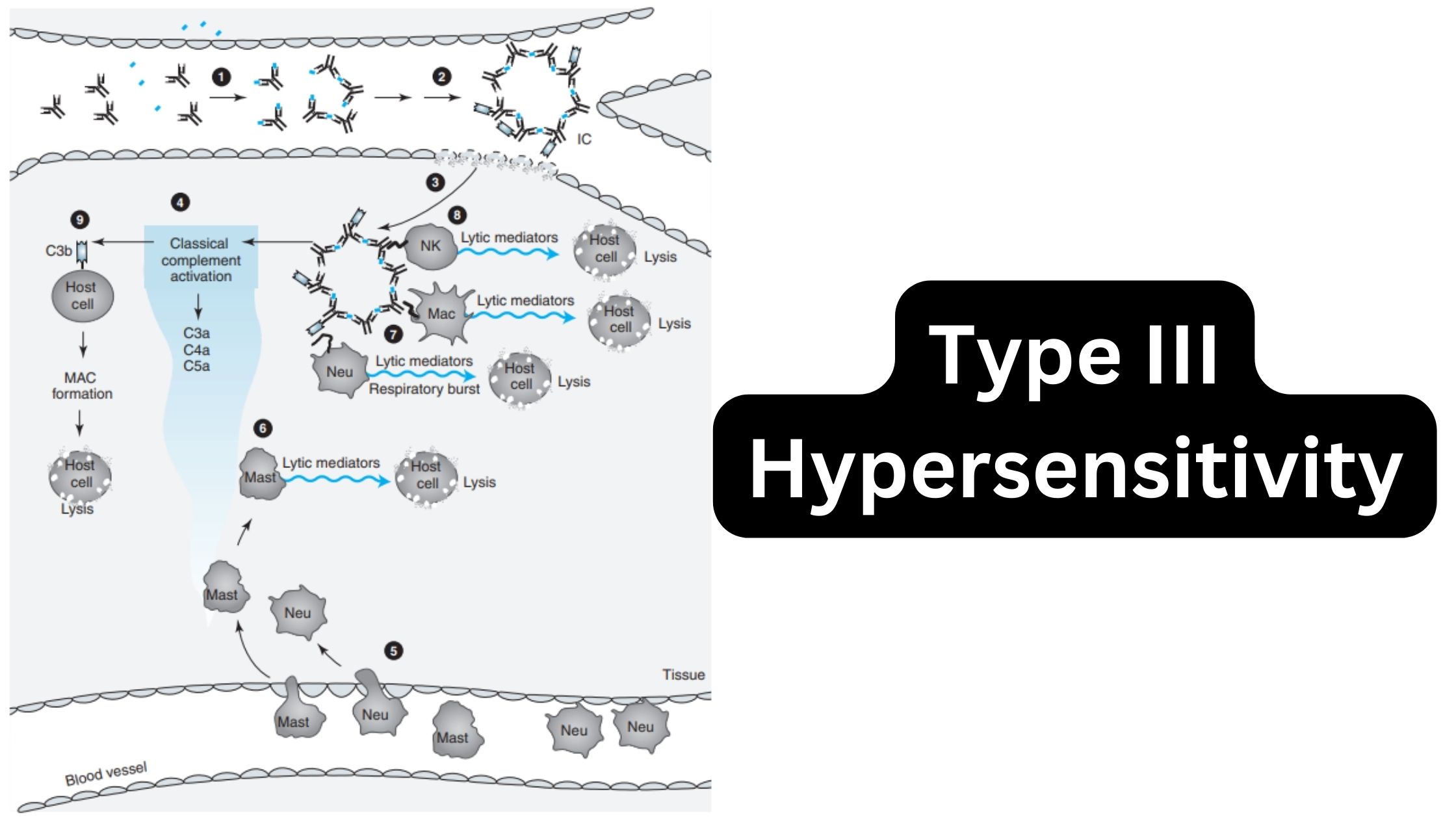Hematopoiesis – Definition, Process, Locations
What is Hematopoiesis? Hematopoiesis, derived from the Greek words “haima” meaning blood and “poiein” meaning to make, is the process through which blood cells are formed from hematopoietic stem cells. It is a crucial and continuous process necessary for maintaining the appropriate levels of circulating blood cells within the body. All cellular components of blood, … Read more
